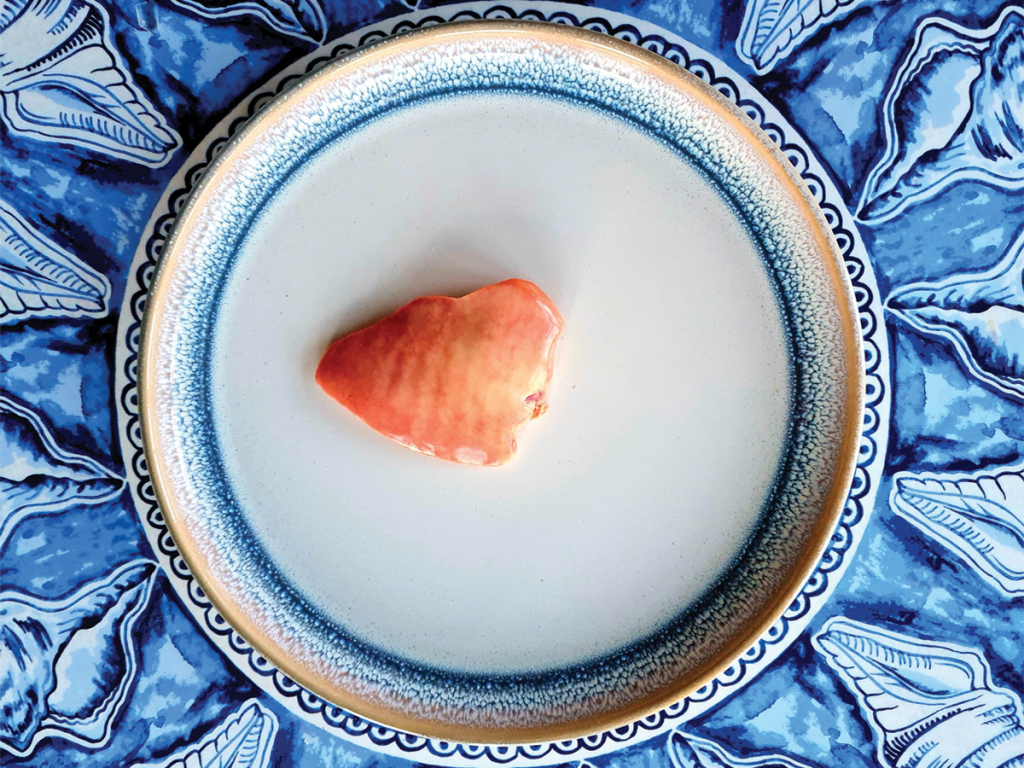
We’re big fans of using as much of the fish as possible when cooking. We love a good fish or shellfish stock, we’ll never waste the tailbone of the Monkfish and we think fish cheeks are the best part of the fish. You want to know the best way to start a paella? Gently fry the heads of the Prawns in a little olive oil over a low flame (then remove before adding the garlic).
It’s commonplace in some countries to use as much of the fish a possible. In parts of the Mediterranean, Red Mullet and Sardines are cooked with their entrails in place. Indeed, the Red Mullet is sometimes know in France as the Bécasse de Mer, or the ‘Woodcock of the Sea’, as like the Woodcock, it’s cooked with its liver in place.
Nose to tail
Cooking fish offal is an area we’re becoming increasingly interested in. We’re not quite at the levels of Josh Niland and his nose to tail philosophy (available at Amazon) – but that’s the direction in which we’re heading.
In fact, it’s difficult to disagree with Niland. “If an animal gets killed, if a fish gets killed, you have to commit yourself to using the whole thing,” he told the Guardian in this interview. “It’s simple, basic logic.”
Basic, and important. As consumers, we can make better, or more logical, choices. We can have a positive impact on sustainability and food waste reduction – but we need help, we need educating, we need people like Josh Niland.
We realised this for ourselves the other day, when preparing a beautiful, fresh John Dory. You see, we’d decided to cook the liver – but had no idea how. Remarkably, the internet wasn’t much help. We did find this article from an Australian based hospitality magazine (again featuring Niland), but not much else.
When in doubt, keep it simple
As a result, we kept things simple and treated the liver much like Herring Roe. We trimmed off any sinew, dried the liver, dusted it in seasoned flour and placed into a pan of bubbling, foamy butter.
We cooked the liver for about a minute and then threw in some capers. Another 30 seconds or so and the liver was done, finished with a little sprinkling of sea salt and a squeeze of lemon.
Taste test
In terms of taste, the liver of the John Dory is not for those that prefer subtle, delicate flavours. This is a wham-bam, buttery smack of the sea – but not in an unpleasant way. The taste is similar to Herring Roe, only turbo charged.
So there we have it. We now know what John Dory liver tastes like. Would we cook it again? Absolutely.
If you’re thinking of giving the liver of the John Dory a go yourself this Christmas then we would suggest buying your fish as fresh as possible. Additionally, take great care when gutting the fish as you don’t want to spoil the liver in any way.
Bon appétit.